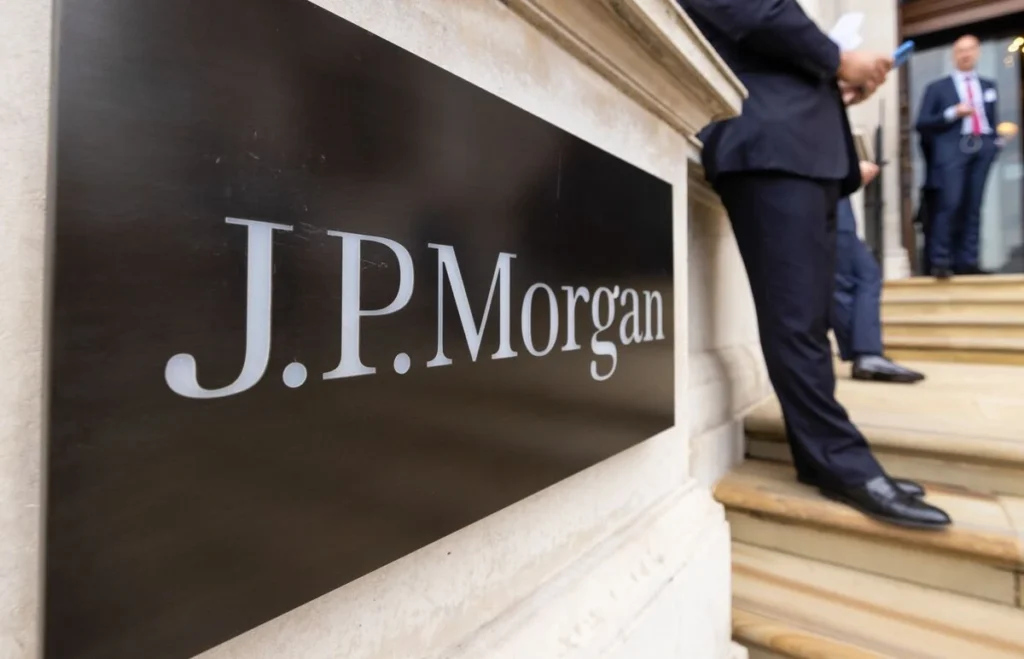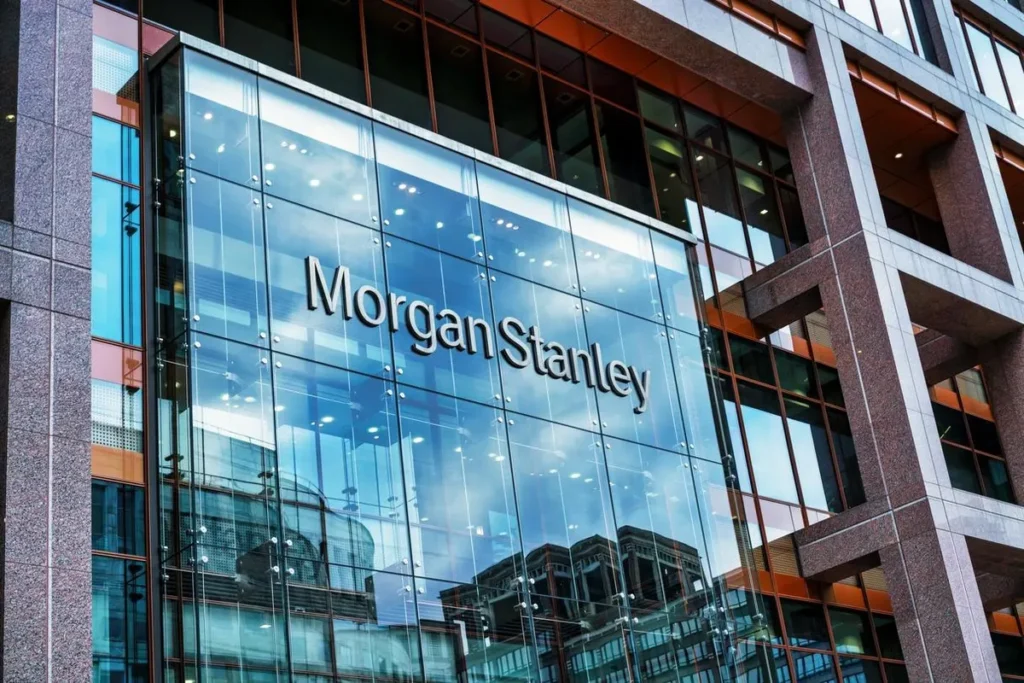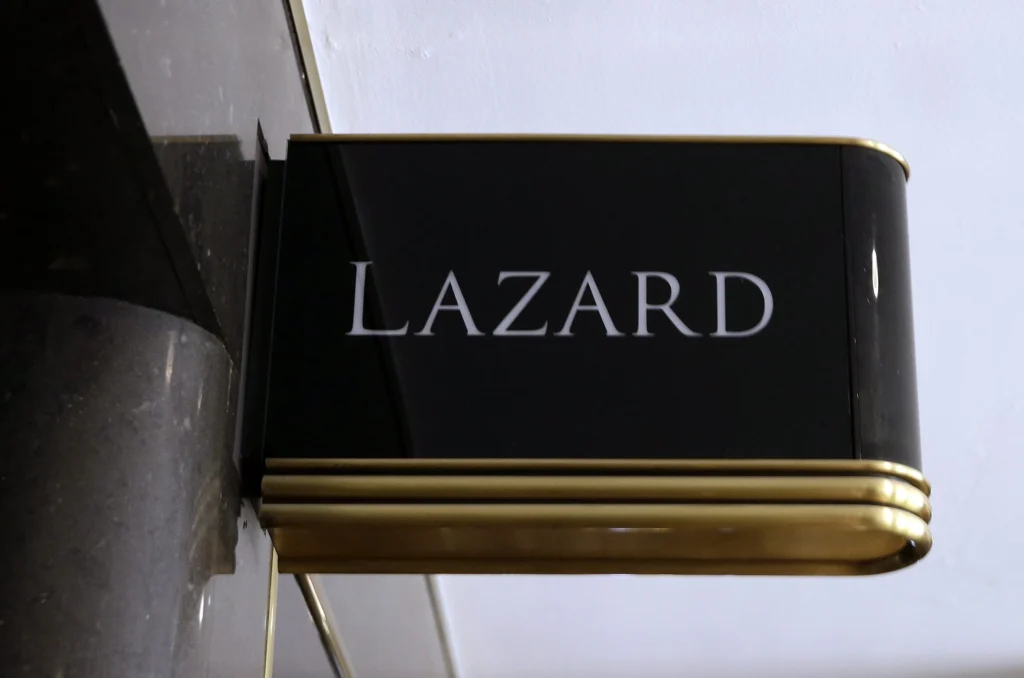At the end of this October, we have seen yet again another staggering record high inflation rate at 10.7%. Even after the European Central Bank raised interest rates to combat this increase there has been a steep decline in GDP growth in the third quarter. It was the 12th consecutive month that there has been an unprecedented peak, more than 5 times the ECB’s initial 2% target. With the Federal Reserve’s recent hike by 75bps and the Bank of England’s interest rate rise to 3%, it begs the question: Will the ECB follow in their footsteps?
Real interest rates have remained to be negative, however due to the dire situation further indicating signs a looming recession, the bank raised its nominal policy to 1.5% to tackle this issue. This stronger rise in headline inflation despite a fall in wholesale energy prices will only make it more complex for the ECB to raise interest rates in fear of reducing consumer spending and investment, consequently leading to a fall in aggregate demand, which tends to lead to lower economic growth.
Gross domestic product figures have shown that growth has slowed down this quarter only increasing 0.2% from the previous quarter, seeing sharp declines in growth in countries like France, Spain, and Italy, with only a slight acceleration in Germany. 19 of the Euro area’s countries have had double digit levels of inflation in which 3 Baltic countries have presented values over 20%.
Eurostat have said that energy prices have rose 41.9% in October, as well as prices of food to 13.1%. Broadly consumer prices have risen dramatically since Russia’s invasion of Ukraine and Moscow’s decision to cut a vast quantities of natural gas exports to western Europe to undermine their support of Ukraine, reducing supplies by 80%. This has caused Europe to look elsewhere, and consequently pay much higher prices to keep the gas market balanced; this underlies a planned record-high increase of liquefied natural gas (LNG) imports, and demand destruction.
The Eurozone is in for a tough remainder of the year navigating decisions affected by central bank policy makers, a weak Euro as it pushes the price of imports and a looming recession, as Christine Lagarde (President of the ECB) has suggested.
Definitions:
Aggregate Demand: Total amount of demand for all finished goods and services produced in an economy.
Basis points (bps): a unit of measure to describe percentage change in relation to some form of financial benchmark; 1 point = 0.01%.
Demand Destruction: Permanent or sustained decline in the demand for a certain good in response to persistent high prices or limited supply.
Gross Domestic Product: Measures of the size and health of country’s economy over a period; a monetary measure of the market value of all final goods and services sold in the given time frame.
Headline inflation: Raw inflation figure reported through consumer price index by calculating the prices on a fixed basket of goods.
Nominal Interest Rate: The rate of interest before the adjustment for inflation. It is the rate actually agreed upon and paid.
Real Interest Rate: Otherwise known as the purchasing power of money. Taking regard of inflation, it shows the real cost of borrowing and return on savings. It is calculated by:
Real interest rate = nominal interest rate – inflation
Analyst: Saffron Bloxham





























Continue with Facebook Continue with Google